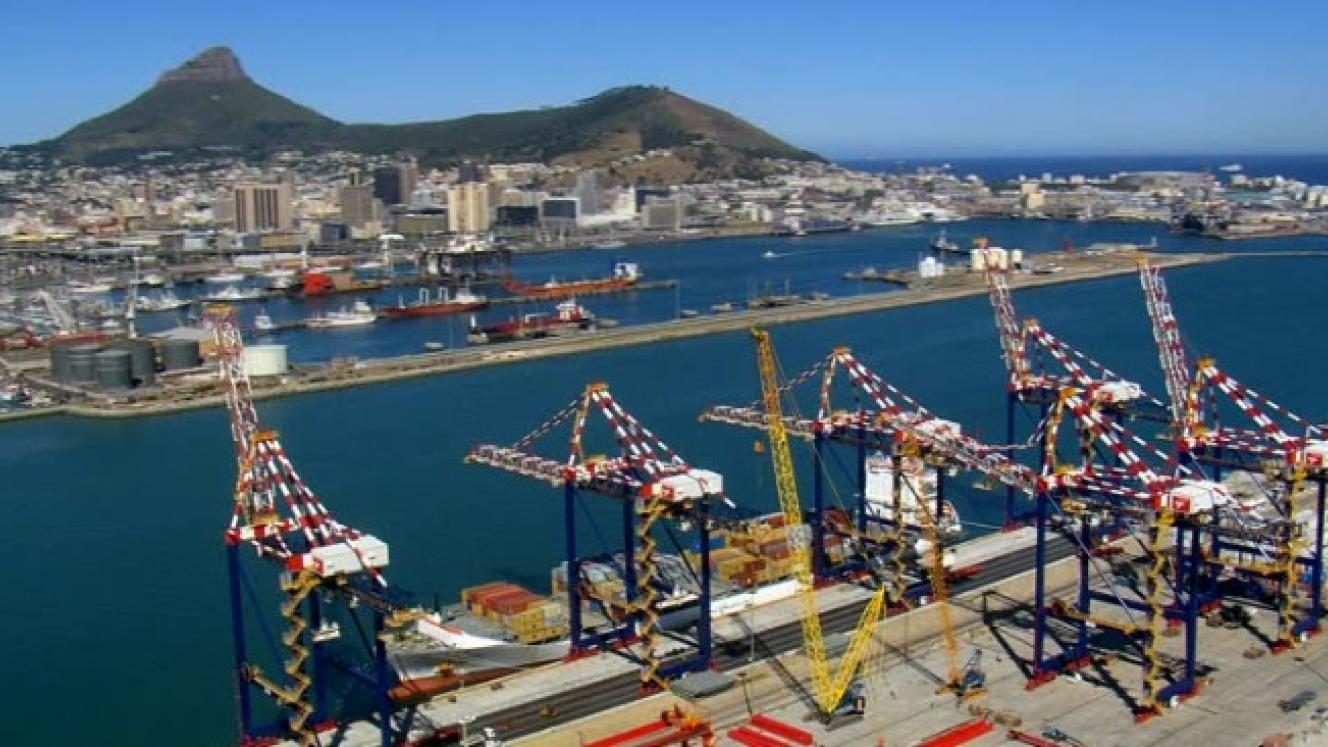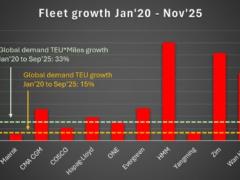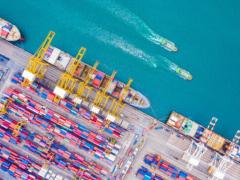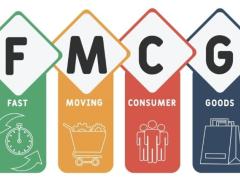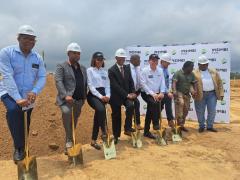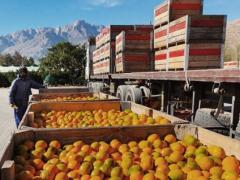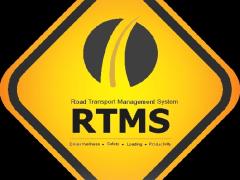Economies across the region are continuing to face pressure, with businesses navigating currency volatility, persistent cost inflation and softer consumer demand. In response, logistics providers are adapting their service models to support customers operating under tighter conditions – including offering more flexible storage options, cost-efficient consolidation and scaled delivery solutions that ensure goods still reach shelves and production lines when needed. Access to warehousing at low rates and smarter consolidation hubs are proving especially critical as companies shift to leaner, demand-driven inventory cycles. It is in this environment that regional operators with integrated, asset-backed capabilities are gaining ground. Among them is 4PL Africa, which has been extending its footprint and strengthening its end-to-end offering across the continent. Paul Cunliffe, managing director at 4PL Africa, says the group’s growth is being underpinned by its ability to provide a complete logistics solution rather than act solely as a transporter. “The 4PL Group has in-house capability to deliver an end- to-end supply chain solution, with owned assets and operated business units across the chain. “Our investment in Zambia marks our first step into freight forwarding, giving clients a true one-stop service from source to destination. We have also expanded our guaranteed consolidated express service into Malawi and Zimbabwe.” According to Cunliffe, the decision to invest in Zambia is a strategic one. “Zambia is geographically well- positioned to serve as a regional hub, a kind of ‘Belgium of Sub- Saharan Africa’ due to its central location,” he said. “Hub systems have proven successful globally, and the region is beginning to adopt that mindset. We believe the shift is already under way. Zambia is ideally placed to support that evolution.” Still, Cunliffe is clear that unlocking the region’s logistics potential hinges on tackling longstanding obstacles. “Border crossings remain the biggest challenge – congestion, systems going offline, protocols changing at the drop of a hat, and a general lack of urgency in resolving issues sit at the core,” he told Freight News. “The cost of delays at borders is astronomical, but the human cost is even greater. Truck drivers often live in spaces no bigger than the underside of a desk, without access to basic ablutions, for days or even weeks. We cannot speak about efficient trade without addressing dignity along the corridor.” Infrastructure investment, particularly in rail and border modernisation, is critical to addressing these constraints. Cunliffe believes the region stands to benefit significantly from improved rail capability. “Upgrading rail infrastructure and securing sufficient rolling stock would be a major coup for the region, especially in terms of moving bulk food at more affordable cost,” he said. “Road upgrades are happening, which is encouraging, but this must be matched by efficient border processes if we want to see real progress.” He added that change was happening, with the market also shifting in favour of higher service standards. “Transit times are becoming increasingly critical and businesses are recognising the risk of relying on sub-standard operators,” he said. “There is growing demand for premium transport services that can guarantee reliability and safety, not only for exporters and importers, but for local industries too.” Cunliffe sees infrastructure progress, particularly at ports, as a major lever for growth, but warns that timing and security risks remain critical considerations. “The improvements under way at South African ports will certainly be positive, although one hopes they are not coming too late,” he said. “Security concerns when transiting South Africa continue to add cost to shipments and could become a bigger deterrent if not addressed.” Meanwhile, neighbouring markets are capitalising on momentum. “Mozambique has recognised the gap and invested heavily in its port operations. Maputo is a clear example, successfully drawing significant volumes away from South African ports,” he said. “Once the Komatipoort border bottleneck is resolved, even greater opportunities will open up.” Looking ahead, Cunliffe is cautiously optimistic. “The end of the drought in our operating regions is significant. The agricultural sector is recovering, which means stronger volumes. We are also seeing healthy demand and pricing in minerals and copper. These indicators point toward continued growth over the next 12 to 24 months.” To meet anticipated demand and cement its regional role, 4PL Africa is continuing to invest. “In line with our growth aspirations, we are continually adding to our fleet and strategic service assets,” he said. “Owning and operating these assets gives us the ability to provide a true one-stop service and be fully accountable at every stage of the supply chain.” LV
